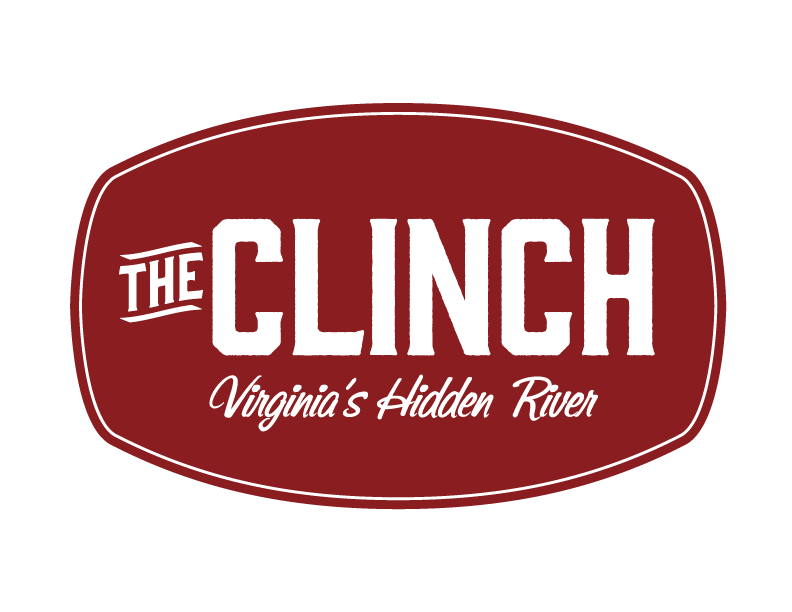

Watersheds in Focus: Lick Creek
The Lick Creek Watershed is uniquely positioned in three counties in southwest Virginia: Russell, Dickenson, and Wise. It extends across 17,445 acres of drainage area, with the majority of land being covered by forests (79%). Next in line is mined land (11%), agricultural lands (6%), and residential areas (4%). Lick Creek itself flows into the Clinch just upriver of Bluebell Island, a unique habitat on the river and the site of an important biodiversity preserve near the town of St. Paul.
Why is Lick Creek Impaired?
Lick Creek has been found to be impaired, in part, for benthic aquatic life. This term refers to organisms - mostly macroinvertebrates, or "bugs" - that live along the stream bottom. Healthy, unpolluted streams generally have healthy populations of benthic macroinvertebrates, including species that cannot tolerate high amounts of pollutants.
When a stream becomes polluted, though, benthic species change. Pollution-intolerant species disappear, leaving only hearty species that can survive degraded water. And since invertebrates form a vital link in the food web of a stream, they can act as "canaries in the coal mine" for stream ecosystems. A degraded invertebrate population, for example, can signal greater problems to come for the stream. In the case of Lick Creek, the main stressors causing changes to macroinvertebrate populations were found to be increased levels of sediment (soil and other materials entering streams through runoff) and organic matter (such as that found in untreated sewage). Sediment in Lick Creek most likely stems from abandoned minelands in the watershed, which lack a good vegeation layer to hold down and filter out soil, while organic matter has likely been a result of sewage contamination from improperly maintained waste disposal systems.
What is being done to improve water quality in Lick Creek?
Comparative studies are being used to examine the health of Lick Creek, comparing it to a nearby stream (Dismal Creek) that is currently considered healthy. Scientists have used complex models to examine what amounts - or "loads" - of pollutants Lick Creek can handle and still remain healthy, hoping that plans can be put in place in the future to improve the stream's water quality.
